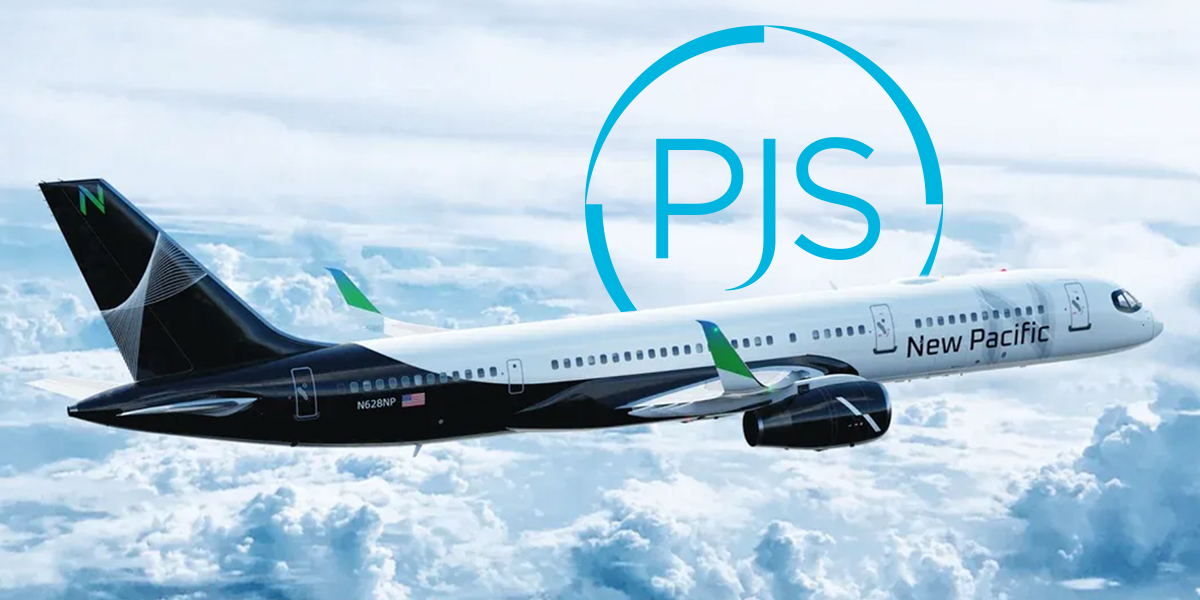This is my new heading
At any given time there are over 1 million people in flight and with the exception of a few hobbyist flyers, every pilot will be using some degree of flight deck automation.
With over 30 years of aviation management experience, I have seen a significant change in technology on the flight deck. Modern aircraft are increasingly reliant on automation for safe and efficient operation. However, the advances in technology do not negate the need for proper training and updated operating procedures.
The balance between training to manually fly a plane and managing the systems on board continue to be a subject of debate. However, looking at the current trends in aviation, automated systems are going to take over more traditional pilot duties. Knowing how to manage the system, while not becoming overly reliant on it, is the key. Technology can never replace pilots, but it can and certainly does provide a complementary margin of safety.
As we move through the fourth industrial revolution and as technology within the flight deck becomes more automated, we cannot forget the number one lesson pilots learn from the beginning of their training: “Aviate, Navigate, and Communicate.” This is also known as The Golden Rule. These priorities should never waiver. They provide a guide for every pilot and crew member during a crisis in the air. It is a constant reminder that all pilots need to be able to recognize those times when manual control trumps automation. Dependency on aided flight control is a real concern and something that should be managed with training to avoid.
Automation represents a wonderful opportunity to marry productivity (winning faster and better) with safety (never losing nor compromising). Technology may never replace the work of pilots, but it can provide a much needed safety net.




